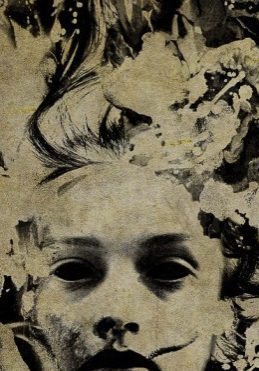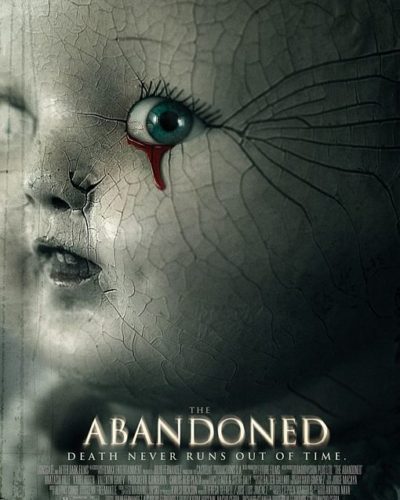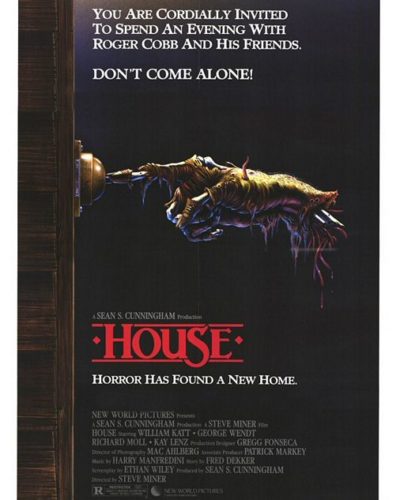The Quiet Terror: A Study in Subdued Screams
Remember the chilling whisper from ‘The Quiet Ones’ that says, “Something unspeakable is happening to Jane Harper”? This single line encapsulates the eerie essence of the 2014 horror film directed by John Pogue, suggesting that what terrifies us most is often what we don’t fully understand. ‘The Quiet Ones’ transports viewers back to the early 1970s, where an unorthodox professor, played with an air of enigmatic intensity by Jared Harris, leads a group of students in an experimental study on a young girl named Jane Harper (Olivia Cooke), who harbors dark and sinister secrets. The experiment aims to prove that paranormal activities are manifestations of the human psyche, a hypothesis that soon spirals into much more than they bargained for.
Crafting the Shadows
At its heart, ‘The Quiet Ones’ relies on atmospheric tension rather than outright gore to unsettle its audience. The film’s mood teeters on the edge of dread, often shrouded in the suffocating aura of its secluded, dimly lit setting. Pogue’s subtle approach to horror through suspense and the uncomfortable unknown keeps viewers on a knife’s edge, though some might argue that the pacing occasionally struggles to maintain this tension effectively, leading to a sense of predictability.
From the vintage color grading to the clever amplitude of shadow play, the cinematography, handled deftly by Mátyás Erdély, paints the screen with a nostalgic brush while maintaining a visual clarity that accentuates the horror when it peeks out from the darkness. The film does not shy away from using tight shots to convey claustrophobia and character distress, creating a visual symphony of unease.
Whispers and Screams
The audio landscape of ‘The Quiet Ones’ plays a pivotal role in its horror toolkit. Dissonant strings and eerie echoes blend with sudden silences to manipulate the audience’s emotions, often doing more with less. Sound effects are carefully placed to startle, yet are not overused, thus avoiding the trappings of becoming another cliché in the horror genre. Particularly commendable are instances where the quietude itself is deafening, generating anxiety from anticipation rather than action.
The Faces of Fear
The cast of ‘The Quiet Ones’ endeavor to bring depth to their proto-typical roles, anchored by Harris’s scholarly persona. Olivia Cooke, in particular, delivers a performance that oscillates between vulnerable and terrifying, showcasing her range and commitment to the character. However, not all characters are given ample time to cultivate a palpable sense of realism, occasionally making their fright seem contrived rather than organic.
In dissecting the type of horror utilized, the film flirts with both psychological and supernatural elements, weaving a narrative that seeks to disorient and confuse the audience as much as its subjects. ‘The Quiet Ones’ aims to infuse classic dark academia with paranormal intrigue yet occasionally faltains when embracing the complexity of its own premise.
Concealed Horrors and Revealed Truths
Under the distressing entertainment layer, ‘The Quiet Ones’ touches upon themes of obsession, the ethically dubious nature of psychological experiments, and the debate between science and superstition. While not profoundly explored, these undercurrents lend an extra layer of complexity to the movie, prompting discussions that may extend beyond the initial viewing.
Regarding its effectiveness, the film encompasses a middling stance within the horror genre; not groundbreaking but equally not dismissible. It achieves its aim to frighten at certain junctures and keeps interest piqued, yet may not leave a lasting impression for seasoned horror veterans.
Fans of old-school, slow-burn horror with emphasis on ambience may find ‘The Quiet Ones’ satisfying. Its classical approach will appeal to those wearied by the gore-heavy flicks of the modern era but may underwhelm viewers craving visceral terror and non-stop action.
Comparatively, ‘The Quiet Ones’ does not quite reach the heights of psychological horror classics like ‘The Innocents’ or the nuanced terror of contemporary masterpieces such as ‘The Babadook’, but it endeavors to stand on its own, paying homage to its 70s horror roots.
Final Whisper
In conclusion, ‘The Quiet Ines’ operates in a realm of restrained horror, delivering moderate scares with a nostalgic veneer. Despite its strengths in atmosphere and visuals, the film contends with pacing issues and underbaked character development. It is a movie best suited for genre enthusiasts seeking atmospheric tension over graphic horror. While it might not be a trailblazer, it is certainly a study in how quiet can be quite unsettling. With warnings of thematic material and moments of shock, ‘The Quiet Ones’ is an intriguing addition to any horror fan’s library that deserves a viewing, not in the expectation of revolution, but in appreciation of subtle frights.




